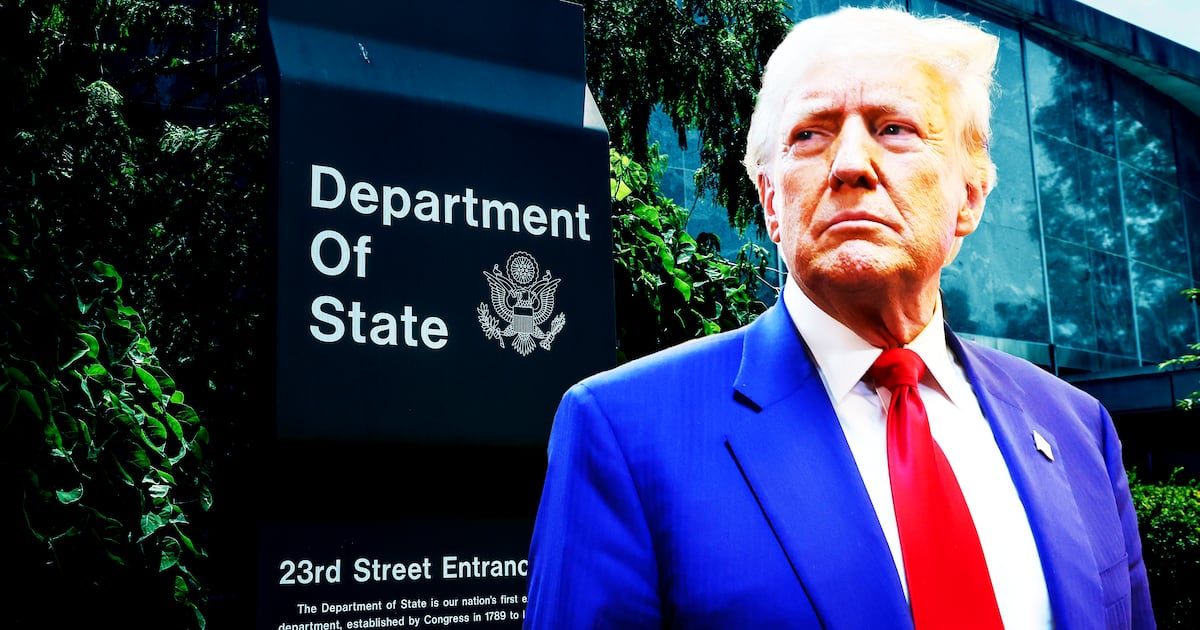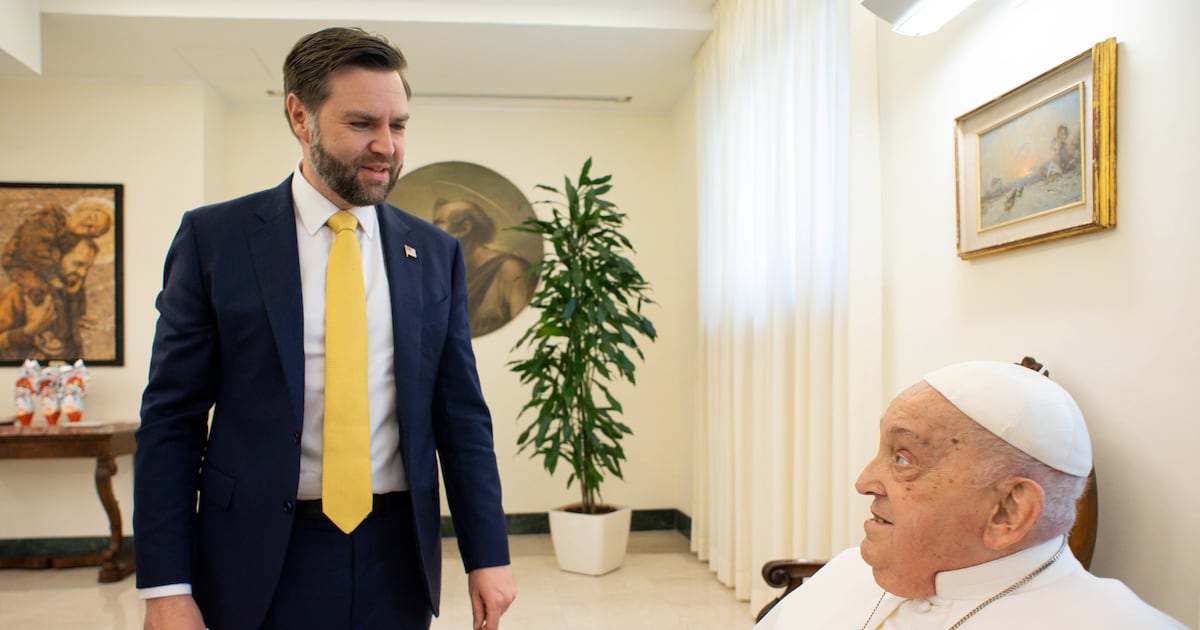Rahm Emanuel believes that in an era of dysfunctional national governments, cities are almost the only places where social and political issues really get solved.
And he may be right.
In his new book The Nation City: Why Mayors Are Now Running The World, the former Obama chief of staff and Chicago mayor argues that cities are the areas where progressive politics truly exist, and that they are places where people have a real voice, since mayors are the most accountable of elected officials.
Jumping off from a Gallup Poll that found that only 35 percent of citizens trust the federal government, while 72 percent trust their local one, Emanuel argues that there are now about 100 cities around the world that drive the economic, cultural, and intellectual energy of the globe. Moreover, instead of top-down leadership and innovation coming from national governments, The Nation City says that ideas now move horizontally, and the old federal/local partnership has been replaced by collaboration between universities, community groups, non-profits, the private sector and local governments.
This is a new paradigm which, according to Emanuel, seems to infuriate our current president—whom the author trashes unmercifully throughout the book—because “what Trump seems to dislike about cities is they’re everything he’s not. They are progressive, smart, dynamic, inclusive, climate-aware, healthy, innovative, and diverse, among other things.”
Not only that, but Emanuel makes a point of noting that the ideological stalemate and in-fighting, which has made government on the federal level a horror show, hardly exists when it comes to cities trying to solve their problems. He quotes former Anaheim mayor Tom Tait, a Republican, who says, “We maybe come from broader philosophical ideas about the role of government, but at the local level it’s about getting things done and serving people. And there’s not a whole lot of ideology in that.”
The Nation City drives home this point by showing how mayors from both parties have dealt with local issues (and non-partisan idea sharing is something that distinguishes mayors from elected officials higher up the food chain). In his hometown, for example, Emanuel made community college free to any high school graduate with a B average and structured the schools so each one focused on a job-producing industry like health care, hospitality, social services and IT. He also mandated that in order to receive a diploma, every high school graduate must produce a letter of acceptance from a community college, four-year institution, trade school, the military or a job.
In Louisville, Mayor Greg Fischer established an office of innovation, whose task is to improve existing city services or look for ways to replace them with something better. Fischer also went in big on branding, establishing the city as a tourist destination for those interested in Louisville’s most famous commodity, bourbon. In the small Indiana city of Carmel, GOP Mayor Jim Brainard started a bike-sharing program, and replaced over 100 traffic lights with roundabouts, which helped conserve gas and reduce air pollution because it cut down on idling at stop lights.
And in London (yes, Emanuel also includes foreign mayors in the mix), Saddiq Khan, aware of income inequality and the city’s changing demographics, froze fares on much of the city’s mass transit and appointed a deputy mayor for social integration, social mobility, and community engagement. London also became the world’s first mega-city to pledge to become carbon neutral by 2050 (dealing with climate change is something most mayors, no matter their ideology, seem to be grappling with, a stark contrast with the current presidential administration).
This is all well and good, and makes for mostly interesting, provocative reading. But The Nation City is repetitive to the max—there are only so many times you need to be told how this policy in that city was really helpful, and how innovative mayors can be—and although he fully deserves it, the relentless put downs of Trump become obvious and boring after a while. Plus, the book all too often becomes The Rahm Emanuel Show, hyping the author’s own accomplishments in Chicago—which he claims were considerable—although Emanuel is the first to admit, however, that he, like Chicago mayors before him, was not able to get a grip on the gun violence that has plagued the city for decades.
Although he states that the carnage is not as bad as it appears—Chicago is actually number 20 on the list of gun deaths in American cities—he recognizes that gun violence spiked during his tenure (along with the rest of the country), but says it has dropped since. Emanuel basically places the blame on the evisceration of gun control laws by the courts—the city once had bans on handgun ownership and sales, but both were struck down by federal courts. And, he says, a good 60 percent of the guns used in gang-related shootings were bought in other states, particularly Indiana, which is just a short drive away. At least one solution, he claims, is to get the guns off the street, and as of 2019, the Chicago police department had confiscated 10,000 weapons.
"We are not yet where we want to be when it comes to gun violence in Chicago," writes Emanuel. "Not even close. But the steps we've taken [which include police reform and mentoring programs] have made progress and given us hope."
Still, The Nation City has a lot to offer. At a time when the urban-rural divide gets larger, and as corporations move back into the cities, with job-seekers following, the book stresses how falling crime rates and other factors are making urban areas more attractive, both physically and culturally, than ever. In contrast, the author says, the federal government has now become a defense budget, retirement plan, and hobbled health care plan, with no new ideas.
Given this, Emanuel stresses that it’s up to urban areas to drive innovation and progress, and that a successful urban policy involves a number of factors: neighborhood and community building, an effective transit system, playgrounds and parks, libraries and schools in every neighborhood, restaurants, groceries (no food deserts), and museums.
Emanuel says the biggest single issue mayors face is income inequality, and “the challenge mayors face is to create and foster the economic engine that is development, but to do so without rampant displacement.”
Or, as Enrique Peñalosa, the former mayor of Bogota, Colombia, puts it: “An advanced city is not one where poor people use cars, but one where rich residents use public transport.”






